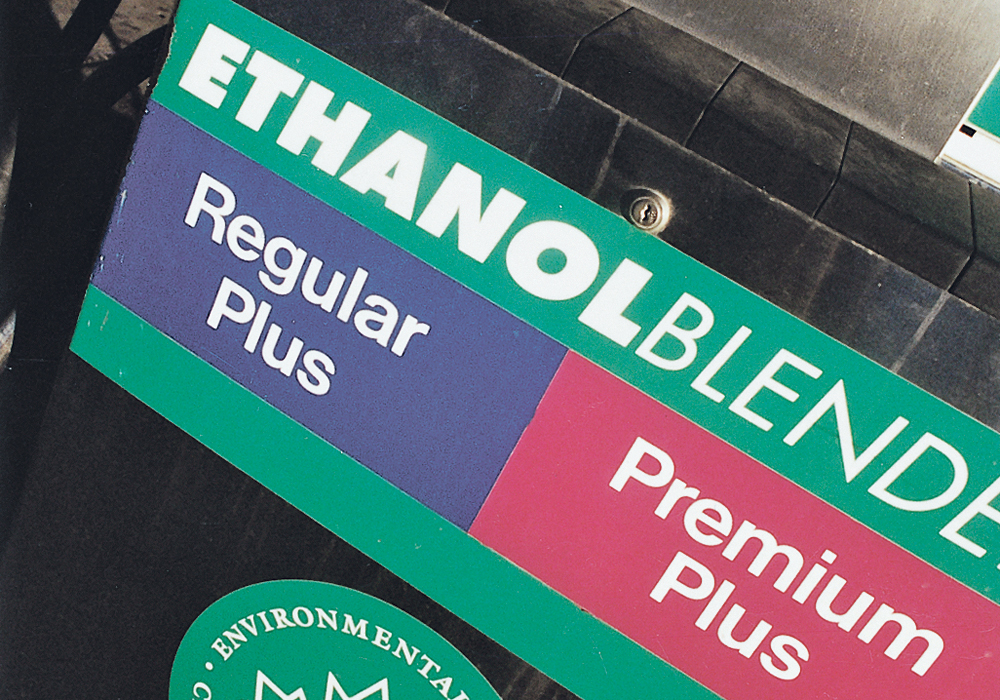Ethanol producers in the United States achieved another record year in 2018, with production climbing 1.9 percent to 16.1 billion U.S. gallons processed from about 5.6 billion bushels of corn, or about 38 percent of the 2017-18 crop.
But ethanol producers are not content. They are vexed by the actions of the U.S. Environmental Protection Agency, which oversees the Renewable Fuel Standard. That standard has a dominating effect on the amount of ethanol used in the United States.
Things are coming to a head this winter and the results will have major implications for the future state of the ethanol industry.
Read Also

Critical growing season is ahead for soybeans
What the weather turns out to be in the United States is going to have a significant impact on Canadian producers’ prices
That state in 2018 was decidedly depressed as U.S. ethanol prices hit 13-year lows, threatening the financial viability of biofuel producers and causing some plants to slow production.
Why should Canadian farmers care about U.S. ethanol? Because it is the largest single source of demand for U.S. corn. It is bigger than the domestic feed corn market and more than twice as large as the amount of corn exported. If that demand was not there, corn prices would be much lower and that would weaken the price of all other crops, including those grown in Canada.
So although we have no control over U.S. politicians or the EPA, their actions affect the grain market in which Canadian farmers operate.
The EPA is caught between two powerful interest groups — ethanol/corn producers and the oil industry.
The current RFS is E10, meaning gasoline has a 10 percent ethanol blend, but the industry can now easily meet that and wants the standard raised to year-round E15.
But oil processors say the requirement to blend ethanol with gasoline creates big costs that threaten the viability of smaller refineries.
Each side of the debate has its backers in the House of Representatives and in the Senate.
Last fall, President Donald Trump directed the EPA to alter its regulations to allow E15 use year-round nation-wide. That directive is supposed to be ready for this summer’s driving season.
But meanwhile, former EPA administrator Scott Pruitt, a friend of the oil industry, allowed an increasing number of refineries to get waivers on the requirement to blend ethanol.
This constricted domestic demand and caused the price crash. One knock-on effect was that the industry was forced to export more to bring down its surplus production. Exports jumped 20 percent to 1.6 billion gallons or 10 percent of production. Canada was the destination for 21 percent of the exports.
U.S. ethanol producers hope they can increasingly tap into growing foreign demand for the biofuel but they don’t want to be forced into it because of a stagnating domestic market.
The EPA’s Pruitt is now gone, ousted by a scandal over his lavish spending.
Trump’s nominee to replace him is Andrew Wheeler. He has to be approved by the Senate, and Democrats are not thrilled because he is a former coal industry lobbyist.
But several Republicans are also on the fence. Ted Cruz of Texas and four other Republicans who represent states with oil refineries wrote a letter last week saying their support to confirm his appointment was conditional on addressing the concerns of oil refiners about the cost of administering the RFS. Given the narrow Republican majority in the Senate, if Cruz and associates held back their approval, Wheeler would not be approved.
The pundits, columnists and editorial writers are also lining up on the two sides of the debate, either spouting the supposed economic and environmental benefits of ethanol or the increased costs to the pocket book and planet associated with the biofuel.
It is hard to determine what is ultimately best for society.
The current RFS system was designed with the idea that corn-based ethanol would set up the infrastructure for what would be a second generation biofuel, ethanol made from cellulose, which would have far better environmental credentials. But alas, although cellulose ethanol can be made, the technology needed to make it fully commercially viable is proving much more difficult than expected.
Ethanol opponents argue that corn grown for ethanol takes land away from crops grown for food. They also say the fact that that the U.S. is now a net exporter of crude oil weakens the argument that ethanol is a home grown replacement for oil imports from politically unsavoury countries like Venezuela and Saudi Arabia.
On the other hand, I was surprised by a recent U.S. Department of Agriculture study that found stronger environmental benefits than in the past. The study said greenhouse gas emissions associated with corn ethanol in the U.S. are 43 percent lower than gasoline when measured on an energy equivalent basis. With further tweaking of ethanol refinery processes and improved on-farm conservation practices, GHG emissions from ethanol could be 75 percent lower than gasoline, it said.
But these competing arguments aside, if you look only at grain farmers and the rural communities that host ethanol plants, the financial rewards are clear.
Rising ethanol production helps to soak up the production from rapidly rising corn yields. The three-year average corn yield for 2016-17 to 2018-19 was 175.9 bushels per acre, up almost 25 bu. per acre or 16 percent from the same period 10 years before.
The system adds value to corn. The Renewable Fuels Association’s 2019 annual report, which provided many of the statistics used in this column, says a dry mill ethanol plant takes a bushel of corn priced at US$3.35 and produces $3.84 worth of ethanol, $1.16 worth of distillers grain and 16 cents of corn distillers oil.
It says the industry generates about 71,400 direct jobs and a further 294,500 indirect jobs, mostly in rural areas.
In the end, both sides will likely get some, but not all, of what they want.
The U.S ethanol industry will grow but at a more modest pace than in the past 10 years.
And producers will look hungrily abroad as other countries start down the biofuel pathway.
As always, the potential prize is China, which announced a biofuel program in 2017.
But China already is suffering from a policy where it allowed itself to become overly dependent on an imported product: soybeans.
Would they go down the same path with imported ethanol?
I’ll consider that issue in a future column.

















